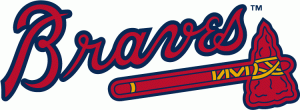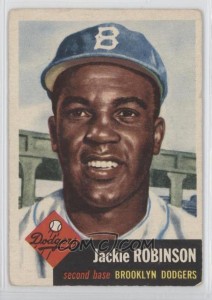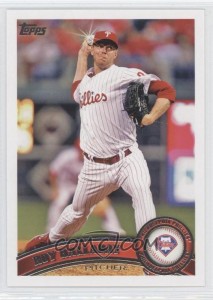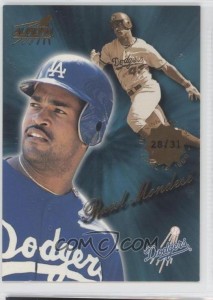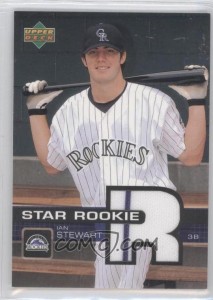 If you don’t know Ian Stewart, he is a third baseman, playing mostly for the Rockies, but currently with the Cubs. He’s never had a qualifying season but has exceeded 400 PAs twice in his career. In the equivalent of 3 full-time seasons, he has career totals including 66 doubles, 10 triples and 59 homers. His career slugging percentage is almost 200 points higher than his batting average, and he has more strikeouts than hits in every season of his career.
If you don’t know Ian Stewart, he is a third baseman, playing mostly for the Rockies, but currently with the Cubs. He’s never had a qualifying season but has exceeded 400 PAs twice in his career. In the equivalent of 3 full-time seasons, he has career totals including 66 doubles, 10 triples and 59 homers. His career slugging percentage is almost 200 points higher than his batting average, and he has more strikeouts than hits in every season of his career.
Nondescript though that synopsis may be, Ian enjoys the distinction of achieving a certain offensive feat more often than every other major-leaguer who has played his entire career since 1916. What is this unusual feat?
It’s approaching midnight Eastern, 27+ hours after this quiz was posted, so I’m calling this one a stumper. The HHS readers were quick to identify that the quiz was about appearing in an opening day game on a player’s birthday, but failed to note the batting feat that Ian Stewart has achieved more often than any other player. That feat is to get a hit in an opening day game on your birthday, something that Stewart has done twice and 24 others have managed only once, including Daniel Murphy of the Mets this season.
Continue reading →

